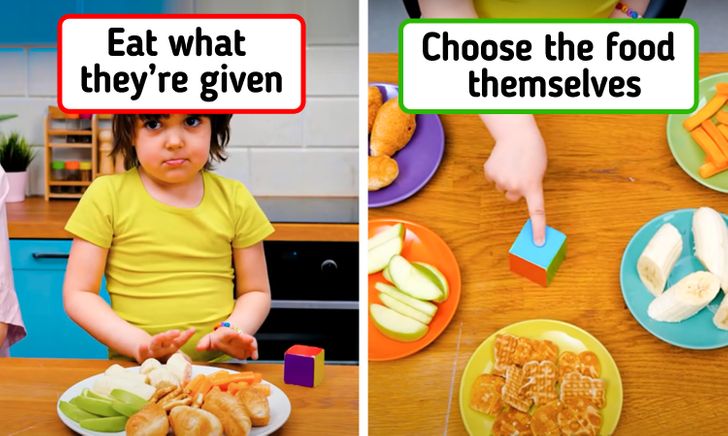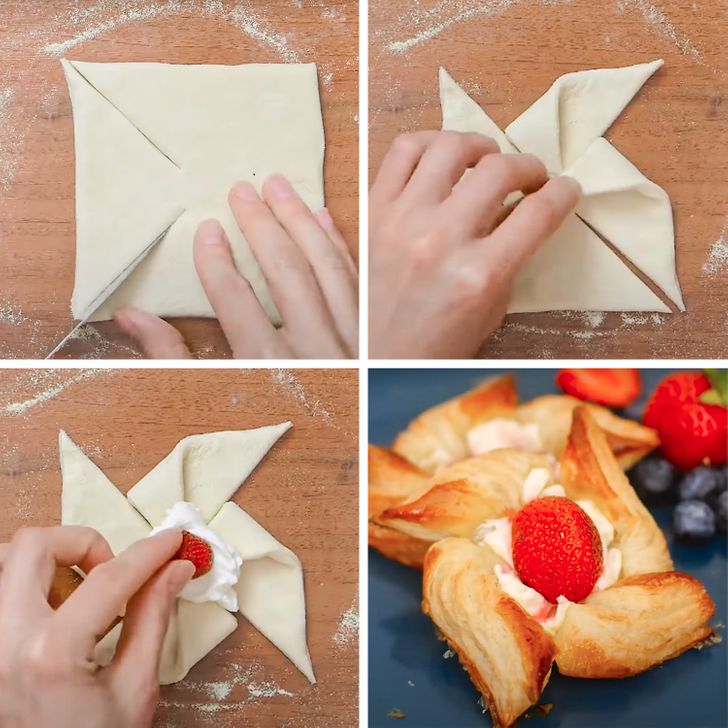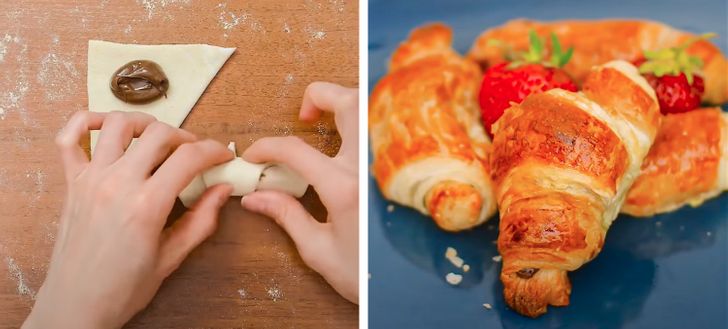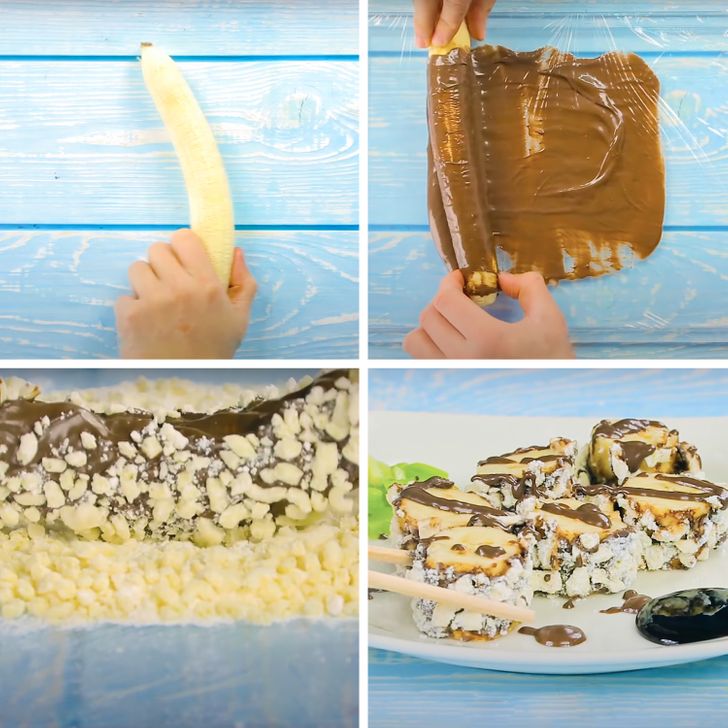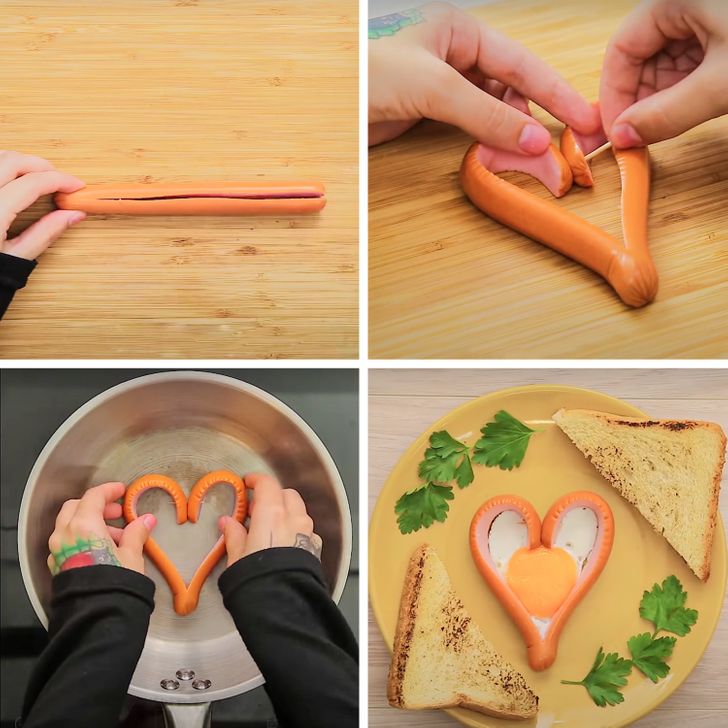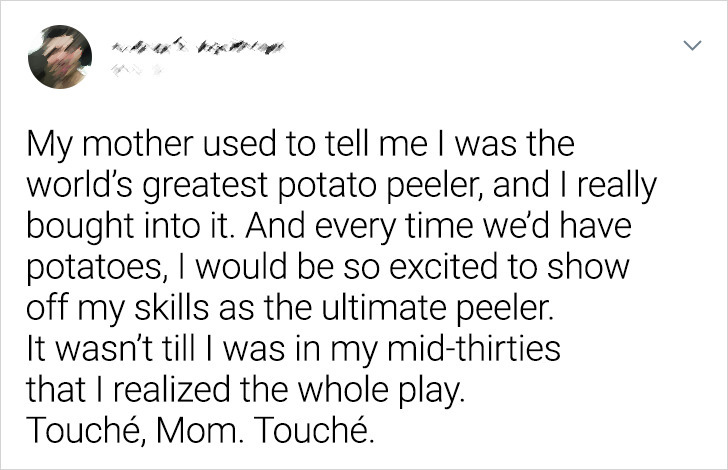How to Cook With Your Children, and Encourage Healthy Eating Habits for Them
Nowadays, even more parents begin to cook together with their children. It’s an excellent opportunity to learn culinary basics and the rules of conduct in the kitchen, to share the secret of grandma’s pies, and just to enjoy time together.
At 5-Minute Crafts, we support parents who want to teach their children to cook from an early age, and we are happy to share some useful tips with you.
Why cook together with your children
- Find out what your child would like to cook. When a child is involved in the process of cooking a dish, they are more interested in eating it later. Try to choose a recipe together, ask your child to help you with the shopping list before going to the supermarket, and listen to your child’s ideas and suggestions during cooking. Say to them that tastes differ and that you want to know what they like. This will make it easier for you to create the list of foods that everyone in your family will enjoy.
- Teach your child to distinguish different tastes and smells. Children may refuse to eat unfamiliar foods, especially if they smell or taste strange. But when cooking together, the child can learn the ingredients of a dish, smell them, and touch and taste them, which will increase their trust and interest of an unfamiliar dish. In addition, we perceive dishes with complex flavors better when we not only recognize them with our taste buds, but also with our sense of smell. Therefore, in some situations, it makes sense to invite the child to first smell the dish, and only then taste it.
Let your meal become a cooking game by placing the food on plates of different colors to match the sides of the dice. Invite your child to roll a dice: the color that appears on the upper side matches the color of the plate from where the child needs to take food and eat. So they can independently make a salad from different ingredients, choose a side dish, or make a breakfast set.
- Tell your child that knowledge from different fields of science can be useful in the kitchen. For example, simple mathematical calculations with numbers and fractions, or conversions of some units of measurement to others. Without this it will be difficult to work with a recipe and adapt it to specific needs. It’s also important to explain how changes in temperature affect foods and their properties, why every food isn’t good for the human body, and what different foods consist of.
- Make it your family tradition. A family meal may not start at the table, but in the kitchen, where adults cook together with children, passing on their experience to them. Together, you can try new recipes and then add the best ones to your signature family recipes. It’s also a great opportunity to introduce your child to appetizing, tasty, and at the same time healthy food.
- Teach them safety rules. Explain to your child why it’s important to keep things safe while cooking, how to properly hold and use different objects, turn on kitchen appliances, and work with hot surfaces. Always make sure your child follows safety rules and make tasks appropriate for their age.
Kitchen tasks which can be trusted to children
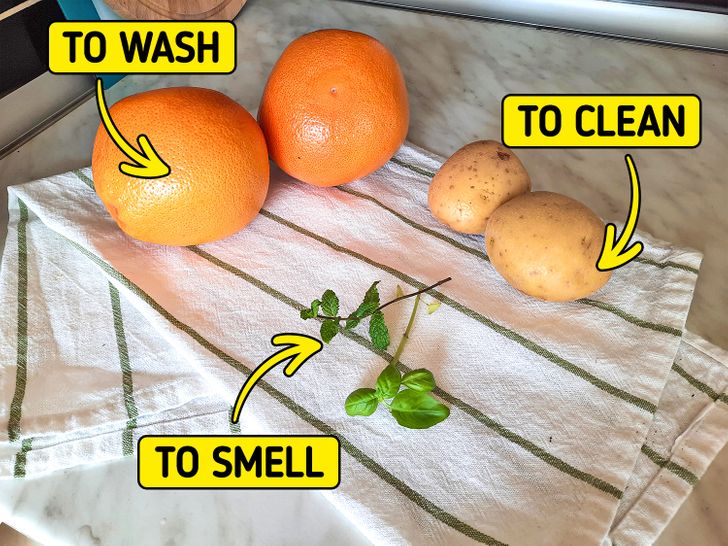
Age: 2-3 years old
Very young children love to explore the world with their senses of taste, smell, sight, hearing, and touch. For some toddlers, it’s enough to watch you and listen to you as you explain your actions in the kitchen. You can give your child an empty pot and a spoon to keep them busy, and then ask what exactly they are cooking. Children of this age can do some simple tasks on their own, such as:
- Washing fruits and vegetables in the sink, and cleaning the potato peel from dirt with a brush.
- Putting ingredients or food on a plate or in another container.
- Helping you find the food you need in the fridge or on the kitchen shelves.
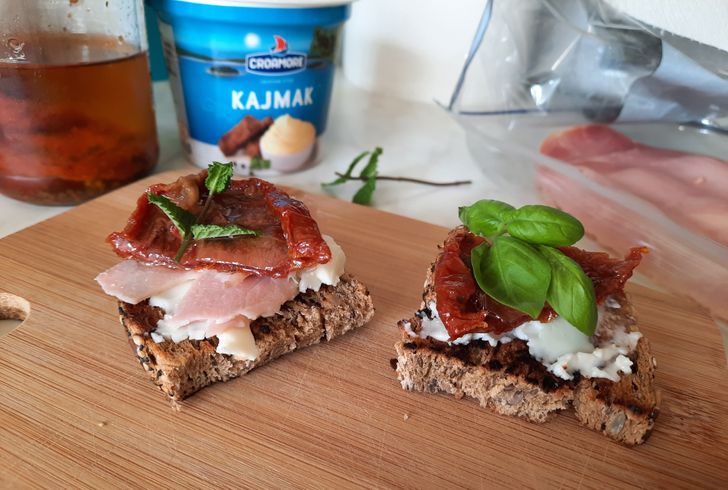
Age: 3-4 years old
The child may show more interest in communication than in food itself. However, the cooking process can make you hungry. Ask your child to help you do the following:
- Removing shells from the boiled eggs.
- Making a simple sandwich or laying out the ingredients on top of the pizza.
- Mashing potatoes or bananas.
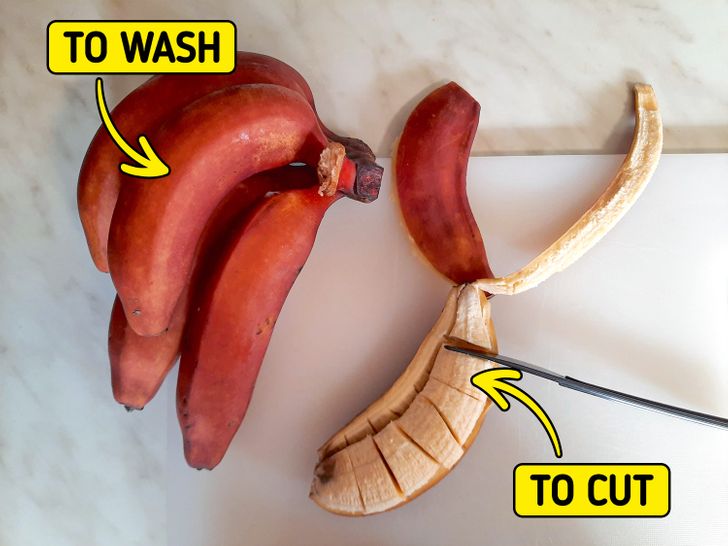
Age: 4-6 years old
At this age, some children may begin to show their preferences in food. Even if your child doesn’t want to eat the things you’ve made together, be patient and remember that participation in the process generates an interest in trying new dishes in the future. Invite your child to take on the following tasks:
- Putting different foods into a container, for example, to help you make a salad.
- Cutting boiled vegetables, soft fruits, or tofu with a plastic knife.
- Stirring ingredients, for example to make pancake dough or a sauce.
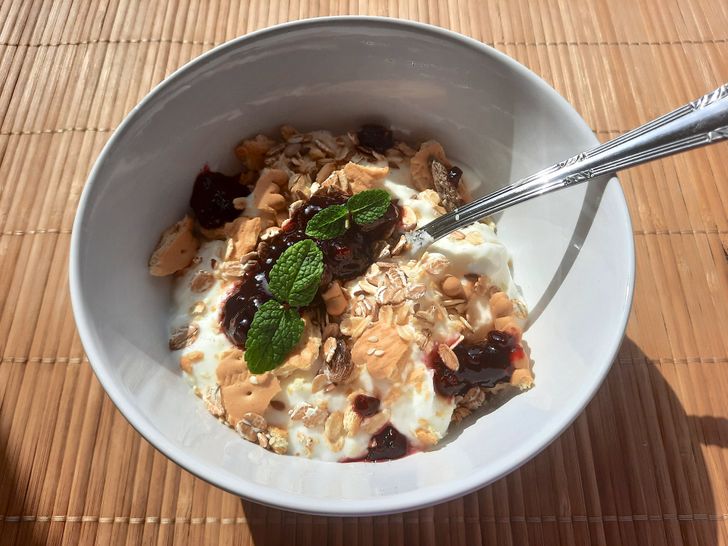
Age: 6-8 years old
At this age, a child is old enough to master a simple step-by-step recipe. You can trust them with the following:
- Using simple kitchen utensils and appliances, such as a grater, toaster, blender, or can opener, provided they’ve been shown how to do this safely.
- Making simple fresh spring rolls or other similar snacks where cooked ingredients are placed in a tortilla or pita bread.
- Stirring salad ingredients with the dressing.
- Coming up with their own fruit salad recipe.
- Making a simple breakfast by mixing cereal with milk or yogurt with jam, nuts, muesli and cookie pieces.

Age: 8-11 years old
A child at this age is more coordinated and understands how to use different appliances and utensils. Invite them to take on one of the following tasks:
- Using a blunt knife to cut simple ingredients (soft sausages, cheese, tofu, bread).
- Using a microwave and cooktop for simple recipes under your supervision, for example to heat up and stew frozen vegetables.
- Making their own breakfast or lunch, which they can eat at school. Together you can make more complex dishes. For example, you have made the dough base in advance, and your child comes up with their own ideas for the filling, puts it on the base, and then puts the pizza in the oven to bake.
Simple recipes for children
Danish pastry with buttercream and strawberries
- Cut a square piece of a laminated dough diagonally with a plastic knife so that there is room in the center for the filling.
- Fold the edges toward the center.
- Spread out the buttercream and fresh strawberries.
- Bake in a preheated oven at 370°F (under adult supervision).
Chocolate croissants
- Put 1 tablespoon of chocolate hazelnut spread on the triangles of a piece of laminated dough. Roll them up into tubes, moving from the wider part to the pointed end of the triangle.
- Bake croissants in a preheated oven at 370°F until ready (under adult supervision).
Chocolate banana rolls
- Peel the bananas.
- Pour the chocolate paste onto plastic wrap and coat a banana in it, holding it by the edges.
- Then put the banana into a bowl with puffed rice, nuts, or other sweet sprinkles so that they stick to the chocolate paste.
- Slice the bananas and serve them with chopped fresh fruit.
A simple breakfast with toasts, eggs, and hot dogs.
- Cut a hot dog along the middle, leaving one edge intact.
- Give it a heart shape like in the photo above, and secure its shape with a toothpick.
- Put it in a frying pan, and put it on the stove under adult supervision.
- Break an egg and let it fall into the middle of the heart, and add salt and pepper if desired. Serve on a plate along with toast and fresh herbs. Remember to remove the toothpick before eating the sausage.
✅ Tip: Any complex recipe can be divided into simple tasks that can be trusted to a child. For example, if you are making pancakes, your little helper can stir the dough or knead the berries and honey to make a sweet sauce. In the process, it can be a good idea to discuss where the honey comes from, where these berries grow, and at what time of the year they are harvested.
